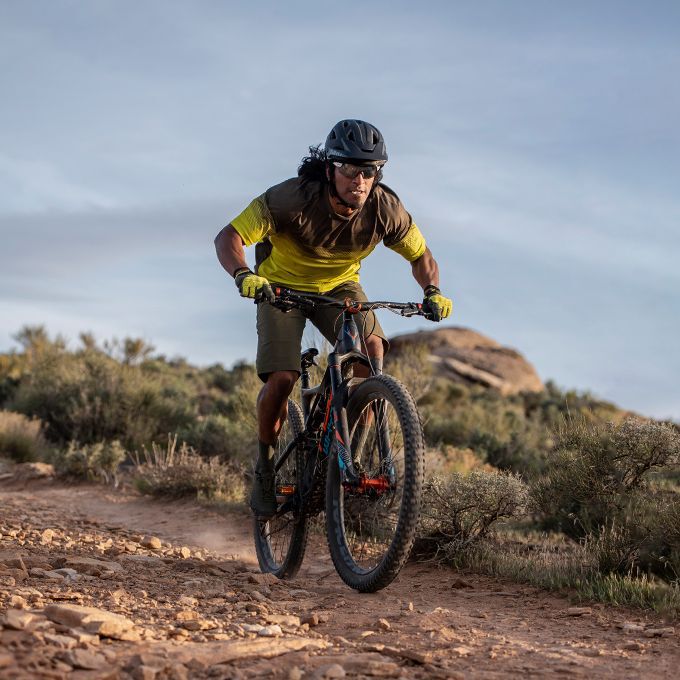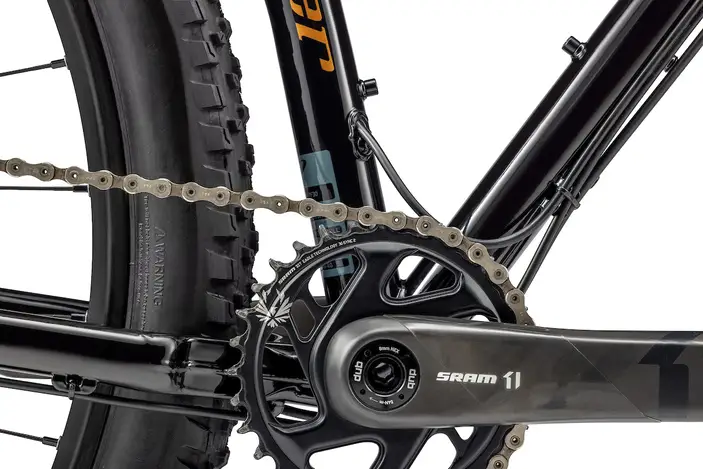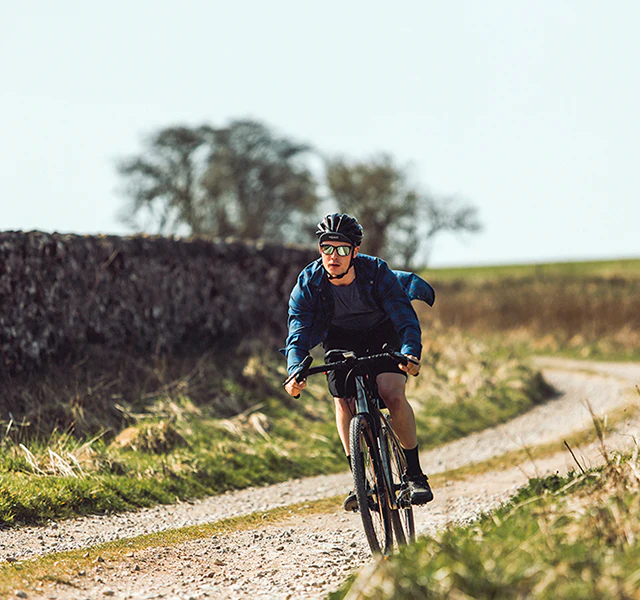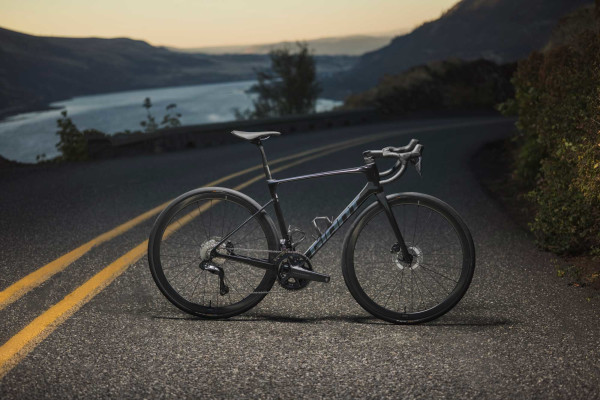Trail Ready: Trail Bike Maintenance and Care

Key Point Summary of Trail Bike Maintenance and Care:
- Routine Checks: Regularly inspect your bike for signs of wear or damage, focusing on the frame, tires, brakes, and drivetrain.
- Cleaning: Keep your bike clean, but avoid high-pressure washers that can push water into bearings.
- Lubrication: Proper lubrication of the chain and moving parts is essential for smooth operation.
- Brake and Suspension Maintenance: Regularly check and maintain your brake system and suspension to ensure safety and performance.
- Drivetrain Care: Keep an eye on your drivetrain for signs of wear and ensure it’s always clean and well-lubricated.
- Tire Pressure and Condition: Regularly check tire pressure and condition to avoid flats and maintain traction.
Dive Into Routine Checks
The backbone of bike maintenance is the routine check. Before and after rides, I take a moment to inspect my bike, a habit that has saved me from numerous potential mishaps. Look for any signs of wear or damage, especially on the frame, tires, brakes, and drivetrain. Catching issues early can prevent them from becoming serious problems.
The Art of Cleaning
After a particularly muddy ride, cleaning your bike not only keeps it looking good but also prevents wear. Mud and grit can be abrasive, wearing down components over time. I learned early on to clean my bike gently, focusing on removing debris without forcing water into sensitive areas like bearings or the suspension system.

Lubrication: A Slippery Necessity
Lubrication keeps the moving parts of your bike running smoothly. The chain, in particular, needs regular attention. After cleaning your bike, applying the right type of lubricant based on your riding conditions (wet or dry) is crucial. This simple act can extend the life of your drivetrain significantly.
Keeping Brakes and Suspension in Check
There’s nothing more essential for safety and performance than your bike’s brake system and suspension. Regularly checking the brake pads for wear and ensuring the suspension’s responsiveness not only keeps you safer on the trails but also improves your ride quality. Memories of a brake failure on a steep descent have made me meticulous about this aspect of maintenance.
Drivetrain Diligence
The drivetrain is the heart of your bike’s mechanical system, transferring power from your legs to the wheels. Keeping this area clean and well-lubricated ensures efficient riding. Replacing worn-out components before they fail is not just about maintaining performance; it’s about preventing costly repairs down the line.

Tire Talk
Tires are your only contact point with the ground, so their care is paramount. Correct tire pressure maximizes performance and minimizes the risk of flats. Regular checks for wear and tear can save you from unexpected issues during your rides.
Trail Bike Maintenance and Care: A Labor of Love
Trail bike maintenance is not just about preserving your bike; it’s about enhancing your riding experience. Each check, adjustment, and cleaning session deepens your connection with your bike, ensuring that it’s always ready to take on whatever the trail throws your way. Embrace the routine of maintenance as part of your cycling journey, and you’ll find your rides smoother, safer, and more enjoyable. Remember, a well-maintained bike is a happy bike, and a happy bike makes for an ecstatic rider.
For the context of trail bike maintenance and care, I’d recommend focusing on a model that is well-regarded, widely used, and embodies the characteristics typical of modern trail bikes. One such model is the Niner RIP 9. The RIP 9 series from Niner is celebrated for its robustness, adaptability, and exceptional performance across a variety of trail conditions, making it an excellent example for discussing maintenance and care practices.
This bike is adept at tackling technical climbs, swift descents, and everything in between, which means it stands to benefit significantly from consistent maintenance to keep it in peak condition. Using the Niner RIP 9 as a reference point allows for a comprehensive exploration of maintenance topics relevant to trail bikes, from routine cleaning and drivetrain care to suspension service and brake maintenance, all key for maintaining the bike’s performance and prolonging its life.
Happy trails!
John

FAQ
How do you clean a trail bike?
- Rinse off mud and grime with a low-pressure hose.
- Clean the frame, fork, and components using a soft brush and bike-specific cleaner.
- Scrub the drivetrain (chain, chainrings, cassette, derailleurs) with a degreaser and a stiff brush.
- Rinse the bike gently, avoiding high-pressure on bearings and seals.
- Dry the bike with a clean cloth and let it air dry completely before lubricating the chain and moving parts.
What is basic maintenance on a dirt bike?
Basic maintenance includes cleaning the bike after rides, checking and changing the oil regularly, cleaning or replacing the air filter, checking tire pressure and tread, adjusting the chain tension, and inspecting the brakes, bearings, and suspension components for wear and proper function.
What is the regular maintenance for a mountain bike?
Regular maintenance for a mountain bike involves cleaning the bike after muddy or dusty rides, lubricating the chain and pivots, checking tire pressure and condition, inspecting brake pads and rotors, ensuring the drivetrain components are in good condition and properly adjusted, and periodically checking the suspension system for leaks or needed adjustments.
What is basic bike maintenance?
Basic bike maintenance includes:
- Regularly cleaning and lubricating the chain.
- Keeping tires inflated to the recommended pressure.
- Checking and adjusting brake pads and cables.
- Ensuring the drivetrain (chain, cassette, derailleurs) is clean and well-adjusted.
- Inspecting the frame and components for damage or wear.
- Tightening bolts and screws to recommended torque settings.
- Periodically checking the wheel true (alignment) and bearing condition.





